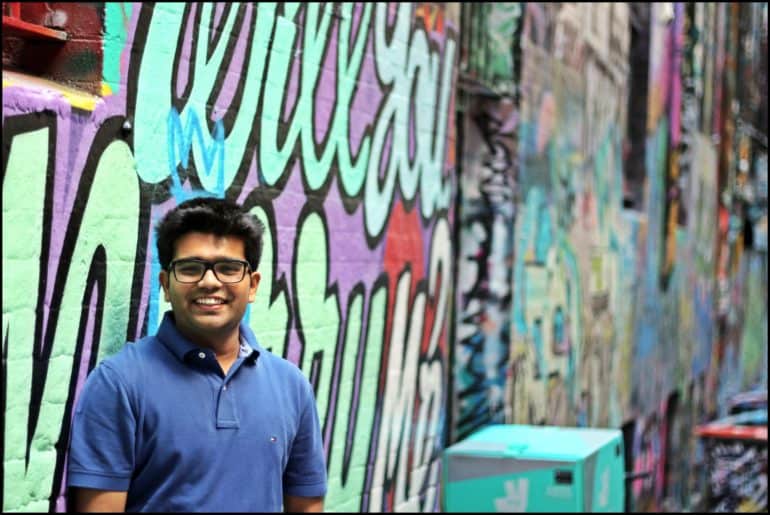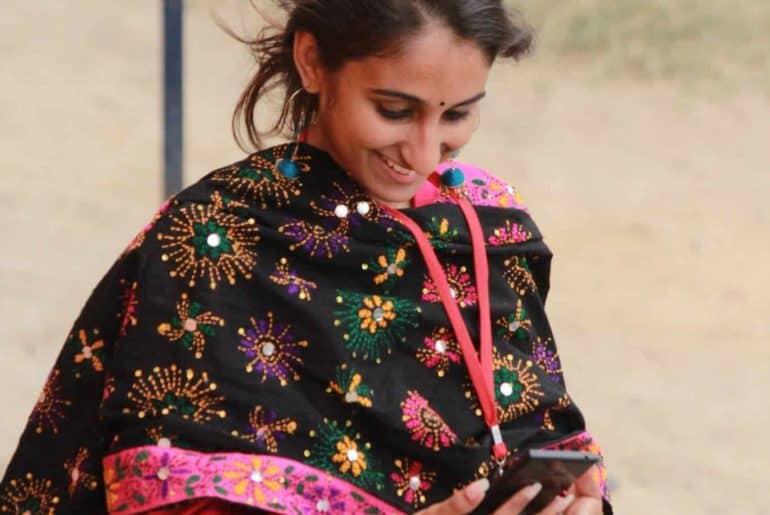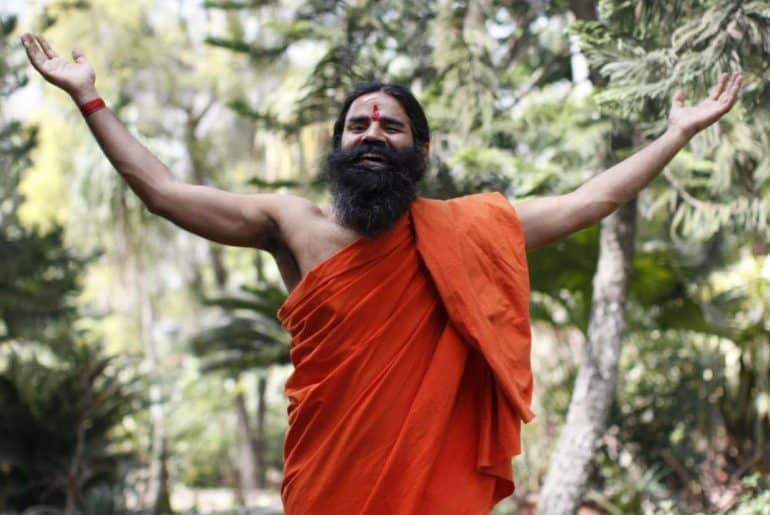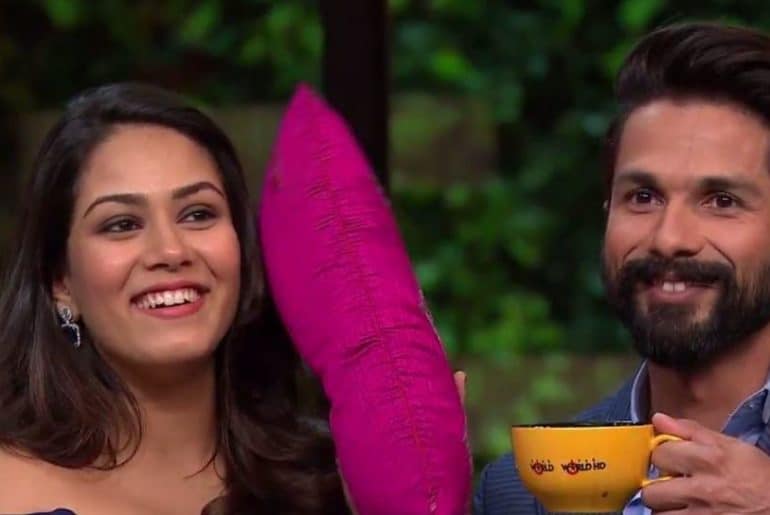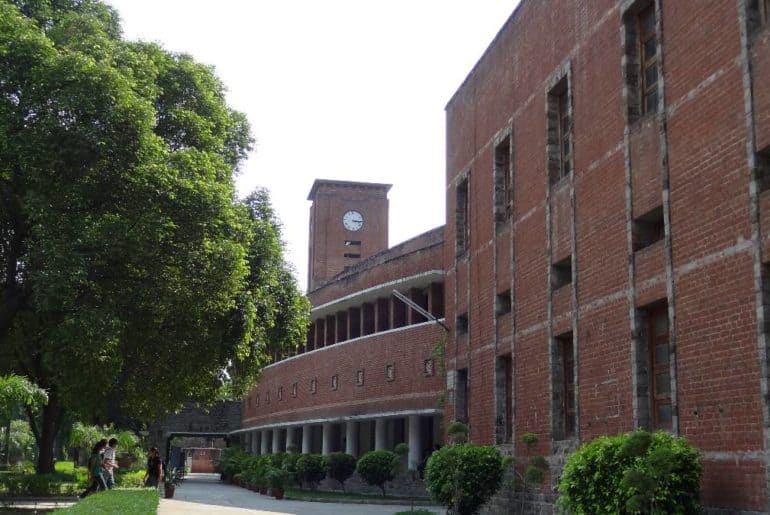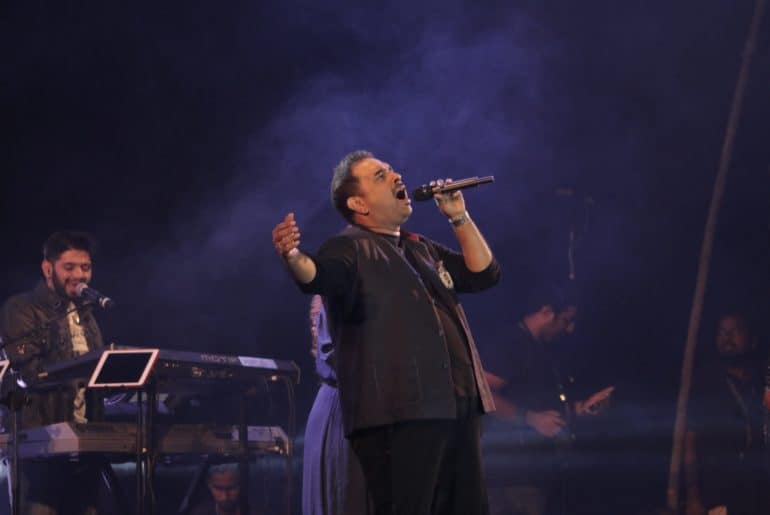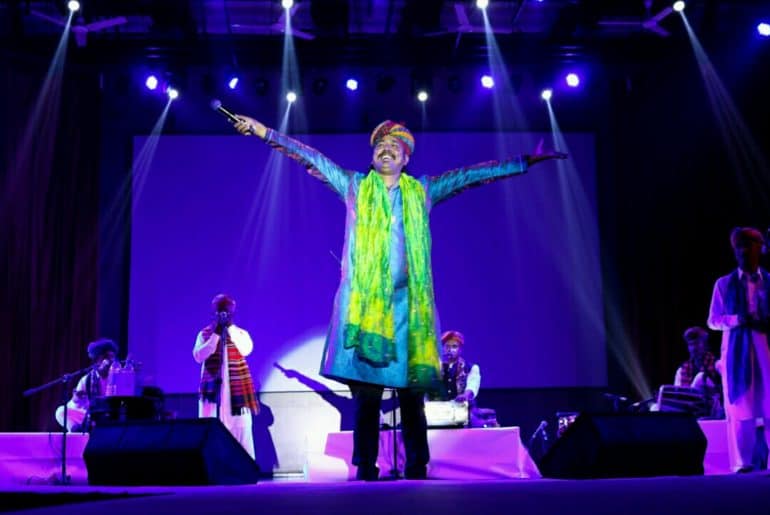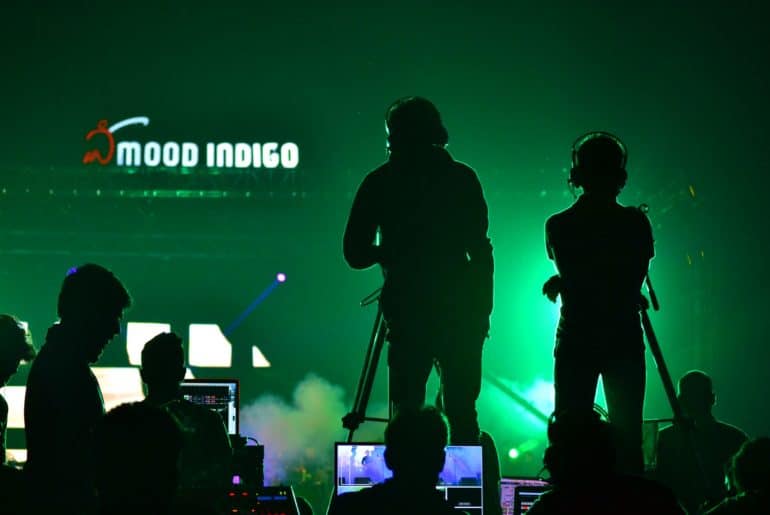Writing is liberating, empowering and a life changing experience but not many get the opportunity to showcase the same to the world. Presently working at McKisney & Company, Abhishek Gupta is an Economics major from Kirori Mal College who stands as a young example of how to make one’s dreams come true via writing. Author of India’s first ever travel photo-poetry collection – ‘Iridescence’, we got an opportunity to have an enlightening conversation with him about his dreams, aspirations and his current calling. Excerpts:
Q1. Being an Economics Major from Kirori Mal College, how did the idea of penning down a book come up?
Abhishek: Every person has this childhood fantasy, mine was to grow up and write a book. So as soon as I found an idea which could make a difference to Indian Literature, the first thing I did was to write the book.

Q2. The title of the book – ‘Iridescence’ literally means a lustrous or attractive quality that changes with the change in the angle of view. Metaphorically, why did you choose this title and no other?
Abhishek: Travel changes you. It makes you look at things differently. In Iridescence, I have tried to voice and give vision to different junctures of my journey of self discovery and my discovery of the world. This book would mean different things to different people. It may make you reflect, introspect, awaken, love, invigorate and hope. It may make you look at the same poem differently as you read it at different points of your life. This is a book to tuck under your pillow on cold lonely nights and it is also a book to flip through on a fresh refreshing morning.
Your perspective will define what Iridescence ends up meaning to you. And thus, what better way to sum this photo-poetry book than to call it ‘Iridescence’?
Q3. How did the idea of juxtaposing photography and poetry in a single book come to your mind?
Abhishek: I had been an avid writer since school. In my first year college I started doing photography. I was away to Africa for an internship around that time where sitting by the beach I was writing poetry. That’s when it struck me that it would be a great idea to combine photos and poetry in a book. It took me 3 years since then to materialise the book.
Q4. Most of your poems are an inspiration picked up directly from nature. Any story behind this you’d like to share with us?
Abhishek:When I started with photography, I clicked nothing but flora, and then slowly started clicking landscapes. Nature inspires me the most, and I particularly write the most when I am travelling. I strongly believe that nature has the power to amaze you and has a lot of wisdom to impart to you about life.
Q5. What motivated you to travel and pen down your thoughts in the form of poetry?
Abhishek:My primary motivation to travel was to get out of my comfort zone and to experience life and different ways of living beyond my confines. I wanted to breathe the air of new places and collect moments worth reliving. Photography was also one of the major reasons triggering all my travel.
Soon after, I discovered, Photo-poetry was the perfect medium to make a picture and moment eternal for myself and as well as for the readers. And then the camera didn’t stop clicking and the pen kept scribbling onto the pages of my travel journal.
Q6. Do you think poetry as a form of writing needs a new lease of life? What are your comments about the culture of poetry that we have in the country today?
Abhishek: I think we are at a very unique point in the history of literature where we are heading towards digitalisation and experimenting more than ever before. Poetry in India too needs innovation to enhance its market and appeal. It no longer needs to be about being free verse or sonnet or a haiku. It could be in different patterns, in various styles, lengths and on any particular theme.
I think the poetry scenario in India is reforming and broadening its horizons. There are slam poetry sessions every weekend, blogs and Instagram flooding with new budding Indian poets more than ever before and a wider acceptance of new forms of poetry. It is a privilege to witness such a rich growing poetry culture in our country.
Q7. Being a young author, you must have faced many unprecedented challenges and obstacles in the path of getting yourself published. Any anecdotes or important advice you wish to pass on to our young readers and aspiring authors?
Abhishek:Poetry is something that is very close to the writer, so I think the first obstacle is making peace with the fact that you are opening yourself to the entire world. So don’t be afraid to opening yourself up to the world.
And then the second obstacle is apparently finding a publisher. So all I would say is that if you reach out to 50 publishers, only 5 would respond back and 1 will for sure accept your idea, and that is all that will make a difference.
Q8. In a collection of more than 30 poems, which poem is very close to you or has a special place among the plethora of experiences that helped you collate this book?
Abhishek:Each poem is very close to my heart, so it would be very unfair if I choose one. But if I have to choose, then it would be ‘Probably Exuberance’. Because that was the first photo-poetry I wrote, and that’s where Iridescence started.
Abhishek’s book has been received very well and has also become a top-seller on Amazon in its genre. We wish Abhishek all the very best for all his future endeavours!
Riya Chhibber

